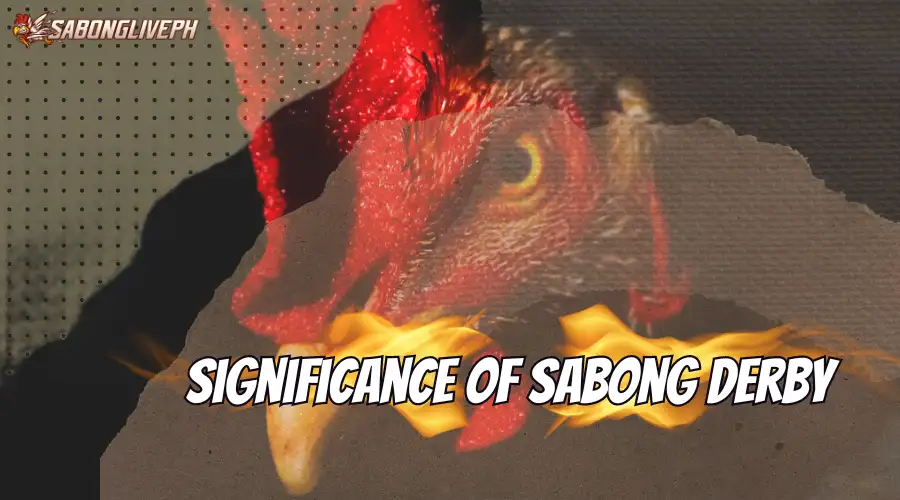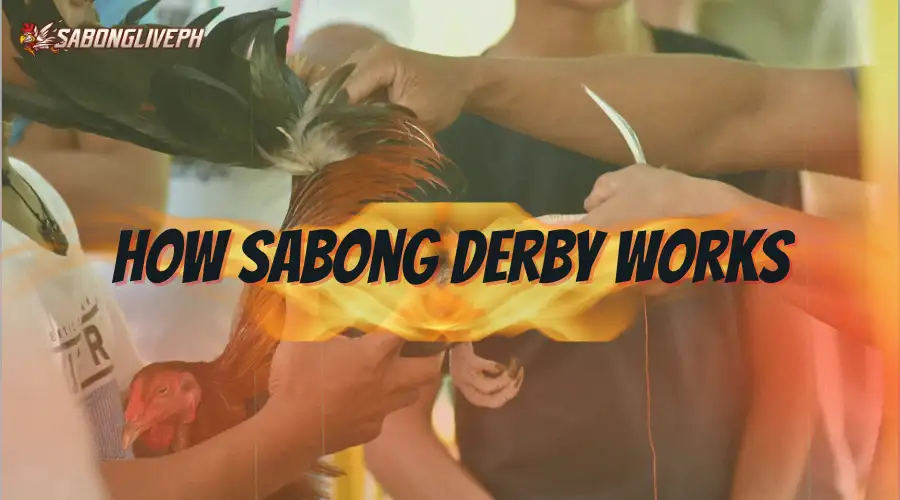Sabong Derby is a Filipino cockfighting event where two roosters fight within a ring. This traditional practice is popular in the Philippines, attracting serious enthusiasts due to the competitive nature and high-stakes betting. Matches are based on weight-pairing for fairness, emphasizing the skill and strength of the fighting roosters.
History of Sabong Derby
Sabong Derby has a remarkably long and complex history. Its origins trace back over 8000 years to Southeast Asia, where the domestication of jungle fowl likely began for the purpose of fighting. This practice spread throughout Asia, eventually reaching the Philippines during the pre-colonial era. It quickly took root in Filipino culture, becoming a common activity for entertainment and even linked to rituals.
Despite attempts at suppression by the Spanish colonizers, Sabong Derby thrived, becoming a major revenue source for the government through licensing and taxation. Further rules and regulations were developed during this period. American occupation brought renewed attempts to restrict cockfighting, but it stubbornly persisted, particularly in rural areas. Today, the Philippines has laws specifically addressing Sabong, illustrating its continued, albeit controversial, place in the nation’s culture.
Significance of Sabong Derby
The significance of Sabong Derby lies in its deep cultural and historical roots, its role as a traditional sport, and its impact on various aspects of society. Here are the reasons:
Cultural Importance – Sabong Derby is deeply embedded in Filipino culture, fostering community bonding and social interaction across genders and social classes. It’s a significant part of the country’s heritage, and inclusivity is evident in the sport’s various roles.
Historical Roots – Cockfighting, including Sabong Derby, has ancient origins dating back centuries. In the Philippines, it’s a deeply-rooted cultural practice with a pre-colonial history, reflecting its significance and widespread popularity.
Economic Impact – Sabong Derby is a significant industry supporting various sectors like breeding, feed, and accessories. This provides livelihoods for millions of Filipinos, highlighting its economic importance.
Social Aspect – Sabong Derby offers entertainment and stress relief, bringing communities together for social interaction and camaraderie. Its appeal across social backgrounds creates a sense of belonging and excitement.
In summary, the significance of Sabong Derby extends beyond being a mere sport; it embodies cultural heritage, historical tradition, economic importance, and social cohesion, making it a multifaceted and deeply rooted aspect of society in many countries.
Different Types of Sabong Derby Events
Sabong, or cockfighting, is a multifaceted tradition in the Philippines. It ranges from prestigious derbies to localized ‘Tupada’ events and casual matches, highlighting its widespread cultural presence. Here are the different types of sabong derby:
Highly Organized Sabong Derby Events – Prestigious Sabong Derby events feature multi-round cockfights with weight divisions. These events are expensive, attracting those with resources for entry fees and minimum bets. Increasingly, the events are televised and draw diverse crowds, including women, which challenges the sport’s traditionally male image.
Localized “Tupada” Events – Tupada is localized; compared to large-scale Sabong Derbies, Tupada events attract smaller-time enthusiasts with lower-stakes bets and lower-quality fighting roosters.
Everyday Sabong Events – Sabong is deeply ingrained in Filipino culture, with many households keeping roosters for the sport. Casual, everyday Sabong events are common, especially during local festivals and celebrations.
In summary, the Sabong Derby events range from highly organized, prestigious, and well-funded competitions to more localized, smaller-scale “Tupada” events, as well as the everyday, casual Sabong activities that are deeply ingrained in the cultural fabric of many communities.
Rules of Sabong Derby
The rules of Sabong Derby involve several key aspects:
- Weight Categories: The fights are divided into weight categories, each with specific rules that must be followed
- Pre-Fight Procedures: Before the fights, the roosters are weighed and examined to ensure they are healthy and fit. Owners then select the roosters they want to use for the battles, and the birds are placed in separate cages.
- Betting: Each owner places a bet on their rooster, and the winning owner takes home the prize money.
- Fights: The fights are usually quick and brutal, with the birds fighting until one is killed, incapacitated, or refuses to fight. The referee ensures that the rules are followed and that there is no foul play.
- Referee Regulation: The referee regulates the fights to ensure fair play and adherence to the rules.
- Festive Atmosphere: Sabong Derby events are often played in a festive atmosphere, accompanied by food, drinks, and music.
These rules and procedures govern the highly organized and competitive nature of Sabong Derby events, which are a significant part of the cultural heritage and traditions in many countries, particularly the Philippines.
How Sabong Derby Works
Sabong derbies are meticulously organized events centered around high-stakes cockfighting. Every aspect, from the roosters’ breeding and preparation to the rules and betting structure, is designed to create intense competition and significant financial outcomes. Here’s how it works:
Preparation
Here are the preparation that usually do:
- Breeding and Training: Roosters are specifically bred and raised for their fighting prowess. This involves rigorous training to build strength, agility, and aggression.
- Weight Divisions: Roosters are categorized by weight to ensure fair matches.
- Health Checks: Pre-fight examinations ensure the roosters are fit to compete.
- Betting: Owners place bets on their roosters, contributing to the prize pool.
The Derby
Follow this simple steps before fight:
- Caging: Roosters are placed in individual cages before their matches.
- Regulation: A referee oversees each fight for fair play and adherence to rules.
- The Fight: Roosters battle until one is dead, severely injured, or unwilling to continue.
- Payout: The owner of the winning rooster claims the prize money
Derbies often last several days, culminating in final championship rounds.Sabong derbies are accompanied by food, drinks, music, and a lively social atmosphere.
Conclusion
Sabong Derby is a complex and controversial tradition deeply woven into Filipino culture. Its roots extend back centuries, and it continues to hold significance as a symbol of heritage, a source of economic activity, and a catalyst for social interaction. Despite the ethical concerns surrounding the sport, Sabong Derby remains a multifaceted phenomenon with a powerful grip on certain segments of society, reflecting the enduring appeal of this ancient practice.
Source: Sabongliveph.net






